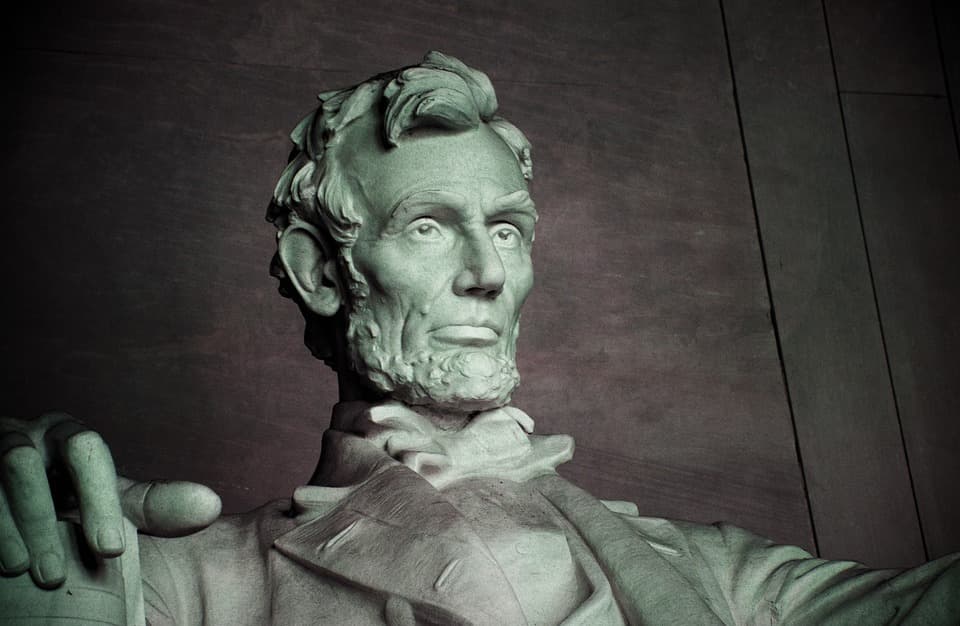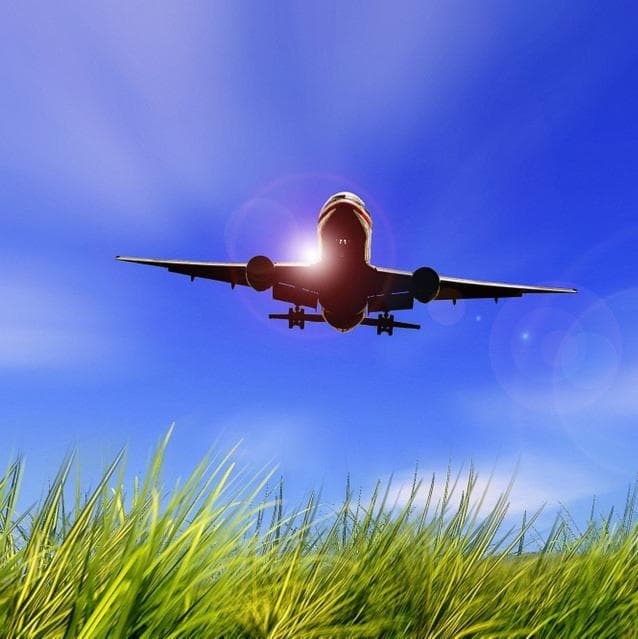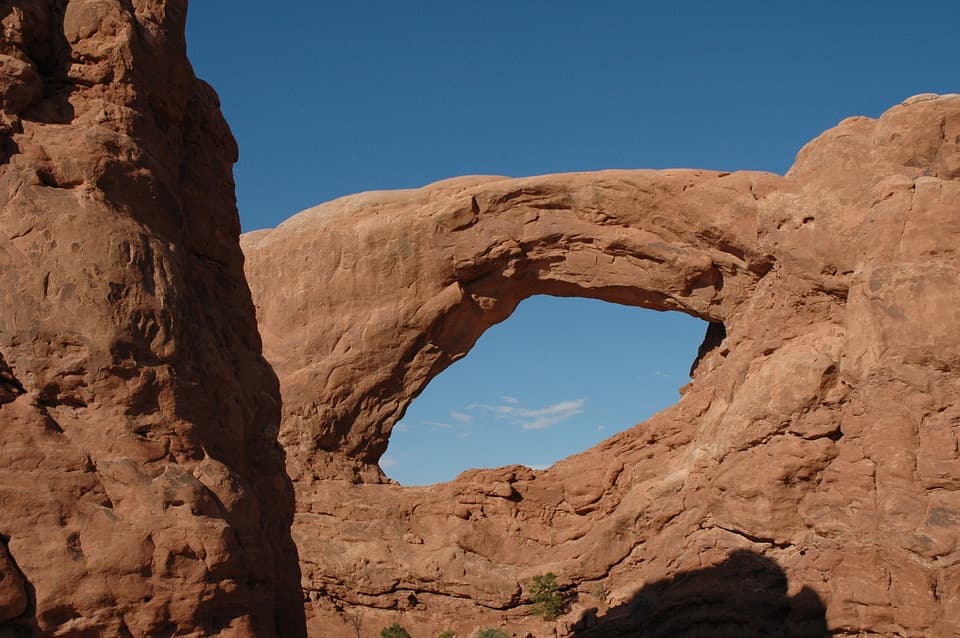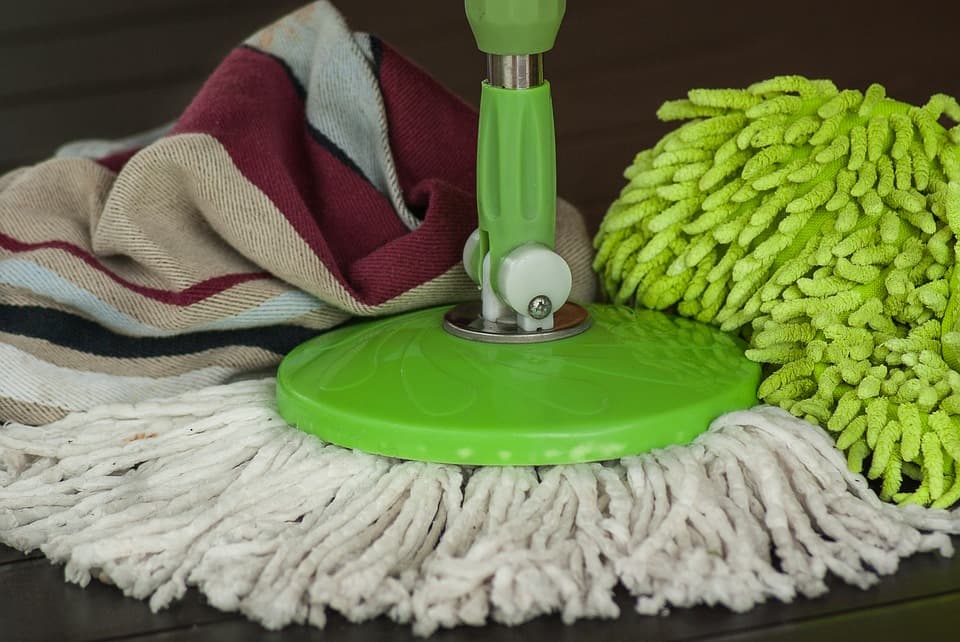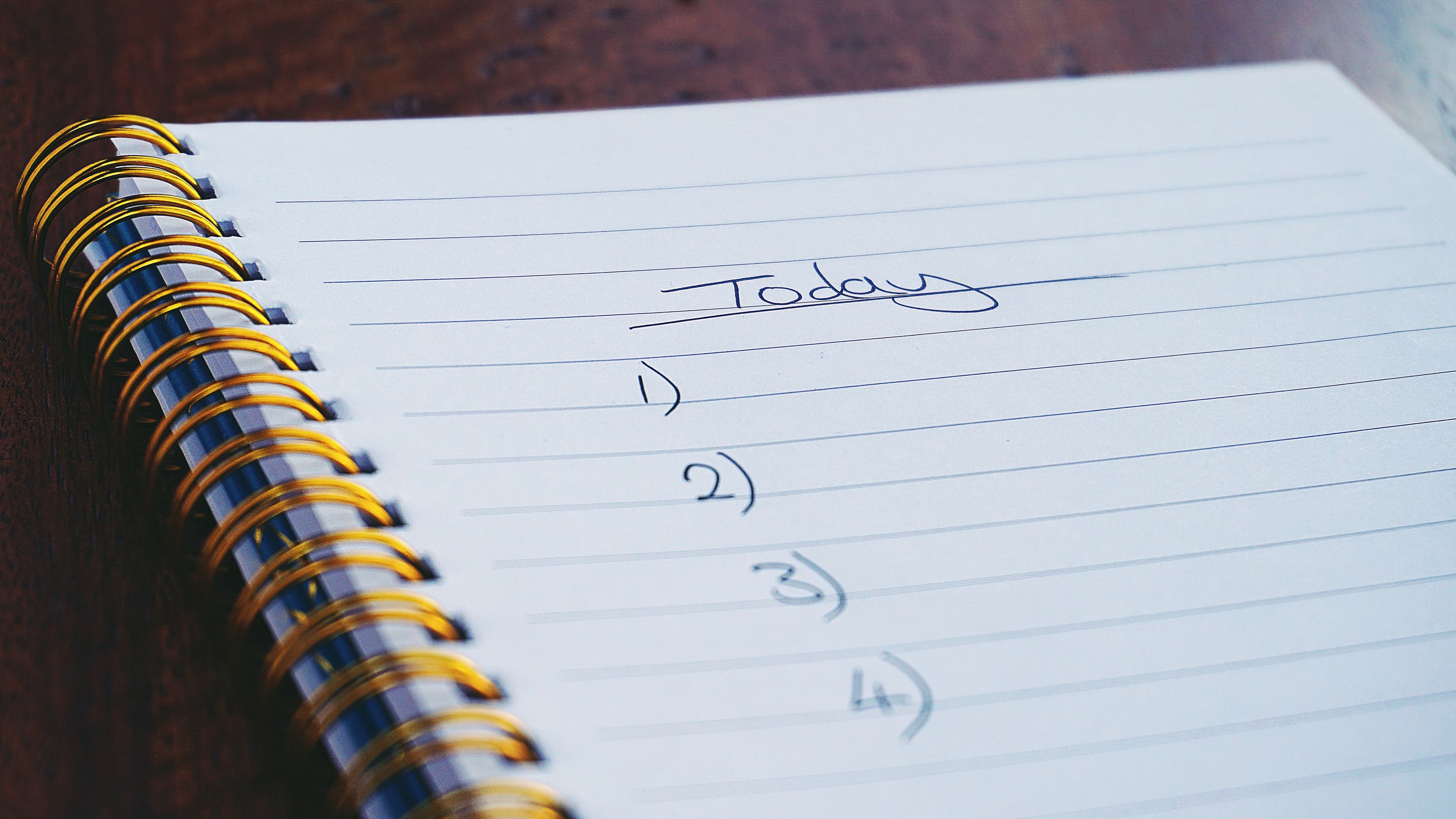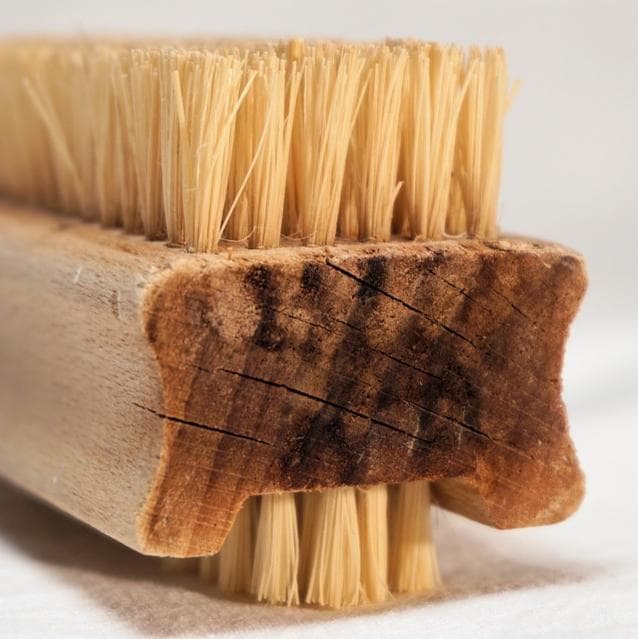Camping Checklist
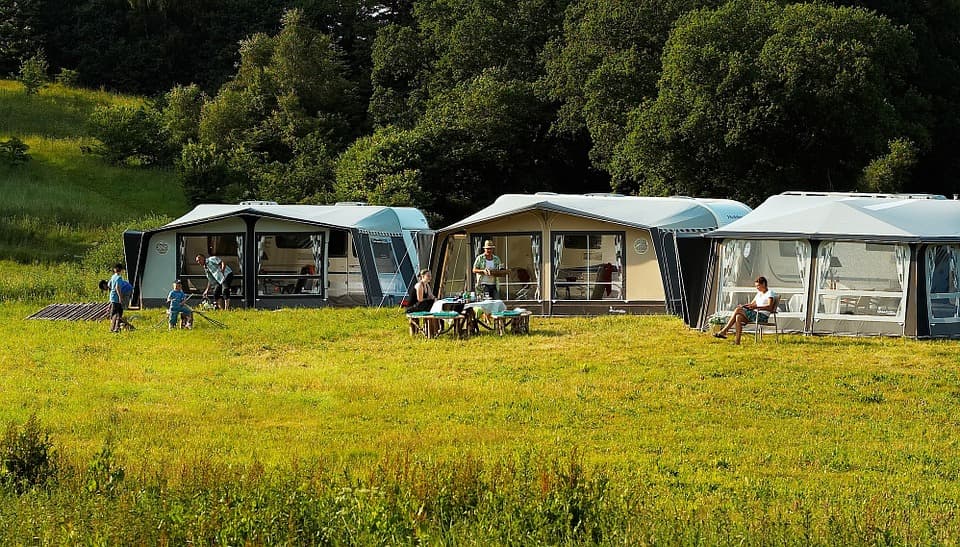

Views
1,073
Views: 1,073
Uses
337
Uses: 337
Tasks
190
Tasks: 190
Introduction
- Useful for stuffing bulky sleeping bags
- A multi tool is usually the same size as a knife but will have more functionality
- Only if gas based
- As a backup or just for the challenge
- Very useful when trying to keep your pots warm
- Avoid if possible for the sake of the environment
- See our full first aid kit checklist.
Details
Camping Checklist Tips
To get started:- Save this checklist to your free Checklist.com account by clicking on the orange button above
- Start customizing the list according to your needs. You can easily remove or add as many items as you like
- When you start packing, use our mobile apps to access your checklist. Tick each item you have packed and ensure you did not forget anything
- You can use this camping checklist as many times as you like by resetting the list on each trip.
Suggest Improvements
Camping Checklist Frequently Asked Questions
What do I actually need to go camping?
To have a successful camping trip, you'll need some essential gear and supplies. Here’s a basic camping checklist:
- Shelter: Tent, sleeping bags, and sleeping pads.
- Cooking Gear: Portable stove, fuel, cooking utensils, and pots.
- Food and Water: Non-perishable food items and a reliable water source or purification system.
- Clothing: Weather-appropriate clothing, sturdy shoes, and rain gear.
- Safety Items: First aid kit, flashlight, and multi-tool.
- Navigation Tools: Map, compass, or GPS device.
These essentials will ensure your comfort and safety while enjoying the great outdoors.
What not to bring camping?
When packing for camping, it's important to leave behind items that could weigh you down or create unnecessary clutter. Here’s what not to bring:
- Valuables: Expensive jewelry or electronics that can be lost or damaged.
- Excessive Clothing: Overpacking can lead to a heavy backpack; pack only what you need.
- Glass Containers: They can break easily and pose safety hazards.
- Non-Essential Gadgets: Leave behind distractions like video games or TVs.
By avoiding these items, you’ll have a more enjoyable and stress-free camping experience.
What is the golden rule of camping?
The golden rule of camping is to 'Leave No Trace'. This principle emphasizes the importance of preserving nature by minimizing your impact on the environment. Here are some key practices:
- Pack Out What You Pack In: Take all trash and leftover food with you.
- Stay on Trails: Avoid creating new paths to protect vegetation.
- Camp at Established Sites: Use designated campsites to reduce your footprint.
Following the Leave No Trace guidelines ensures that future generations can enjoy the beauty of nature just as you did.
What to bring to camping for fun?
Enhance your camping experience by bringing items that add fun and enjoyment. Here’s a list of entertaining essentials:
- Games: Bring cards, board games, or outdoor games like frisbee or cornhole.
- Musical Instruments: A guitar or portable speaker can set the mood for campfire songs.
- Art Supplies: Sketchbooks or painting materials for creative expression in nature.
- Binoculars: Great for bird watching or exploring wildlife nearby.
These items will make your camping trip more enjoyable and memorable!
What is the number one rule of camping?
The number one rule of camping is safety first. Prioritizing safety ensures a fun and worry-free outdoor experience. Here are key aspects of this rule:
- Plan Ahead: Research your campsite and prepare for the weather conditions.
- Stay Hydrated: Always carry enough water and know how to purify it if necessary.
- Know Your Limits: Choose activities that match your skill level and physical ability.
By following these safety guidelines, you can fully enjoy your time in nature while minimizing risks.
Do and don'ts of camping?
Understanding the dos and don'ts of camping can greatly enhance your experience. Here’s a quick guide:
Dos:
- Do check the weather before you go.
- Do respect wildlife; observe from a distance.
- Do keep food stored properly to avoid attracting animals.
Don'ts:
- Don't make excessive noise; keep the peace in nature.
- Don't leave fires unattended; always extinguish them completely before leaving.
- Don't camp too close to water sources; it can cause erosion and disturb wildlife habitats.
Following these guidelines helps create a respectful outdoor environment.
How do beginners start camping?
Starting out in camping can be exciting yet daunting. Here are steps beginners should take:
- Choose Your Destination: Start with a nearby campground that offers amenities like restrooms and running water.
- Gather Gear: Invest in basic equipment such as a tent, sleeping bag, and cooking supplies. Renting gear is also an option for first-timers.
- Plan Your Menu: Prepare easy meals that require minimal cooking skills; think sandwiches or pre-made meals.
- Invite Friends or Family: Camping with experienced individuals can provide guidance and support.
- Learn Basic Skills: Familiarize yourself with setting up a tent, starting a fire, and navigating using maps or GPS.
Following these steps will help you build confidence in your camping abilities!
What food to bring camping for 3 days?
When planning meals for a three-day camping trip, it’s essential to pack non-perishable foods along with fresh items that are easy to prepare. Here’s a suggested food list:
Day 1: Dinner
- Grilled hot dogs with buns
- Chips or veggie sticks
Day 2: Breakfast/Lunch/Dinner
- Oatmeal packets with dried fruits (breakfast)
- Sandwiches (lunch): deli meats, cheese, condiments
- Pasta with sauce (dinner)
Day 3: Breakfast/Lunch
- Granola bars (breakfast)
- Wraps with leftover deli meats/veggies (lunch)
Snacks
- Trail mix
- Jerky
- Fresh fruits (like apples or oranges)
Don’t forget plenty of water! This plan will keep you energized throughout your adventure.
